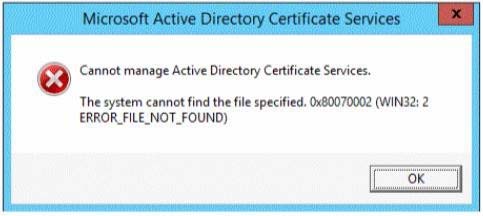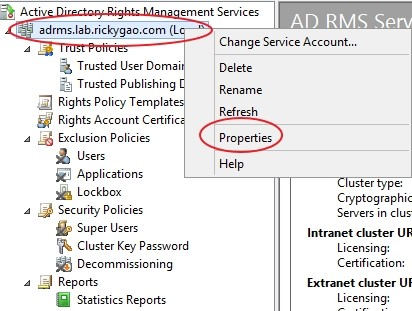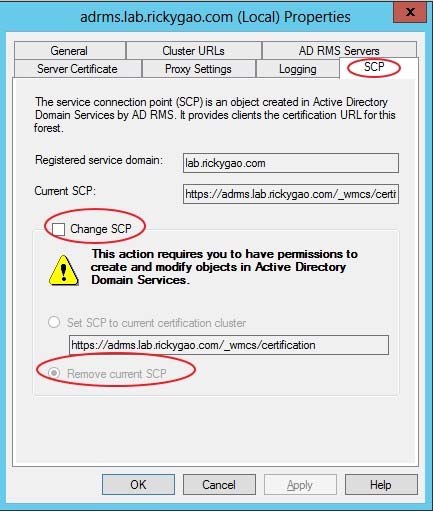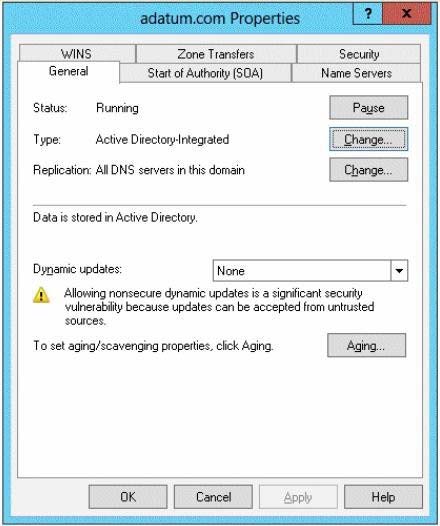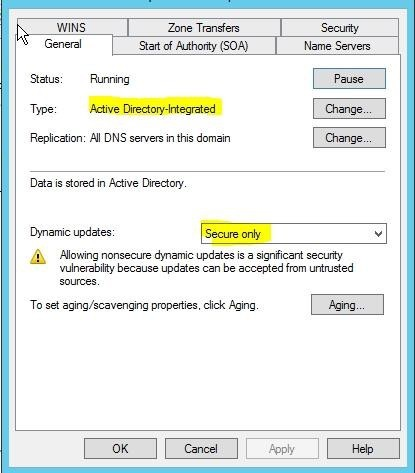Your network contains an Active Directory domain named contoso.com. The domain contains two member servers named Server1 and Server2. All servers run
Windows Server 2012 R2.
Server1 and Server2 have the Failover Clustering feature installed. The servers are configured as nodes in a failover cluster named Cluster1. Cluster1 contains a cluster disk resource.
A developer creates an application named App1. App1 is NOT a cluster-aware application. App1 runs as a service. App1 stores date on the cluster disk resource.
You need to ensure that App1 runs in Cluster1. The solution must minimize development effort.
Which cmdlet should you run?
